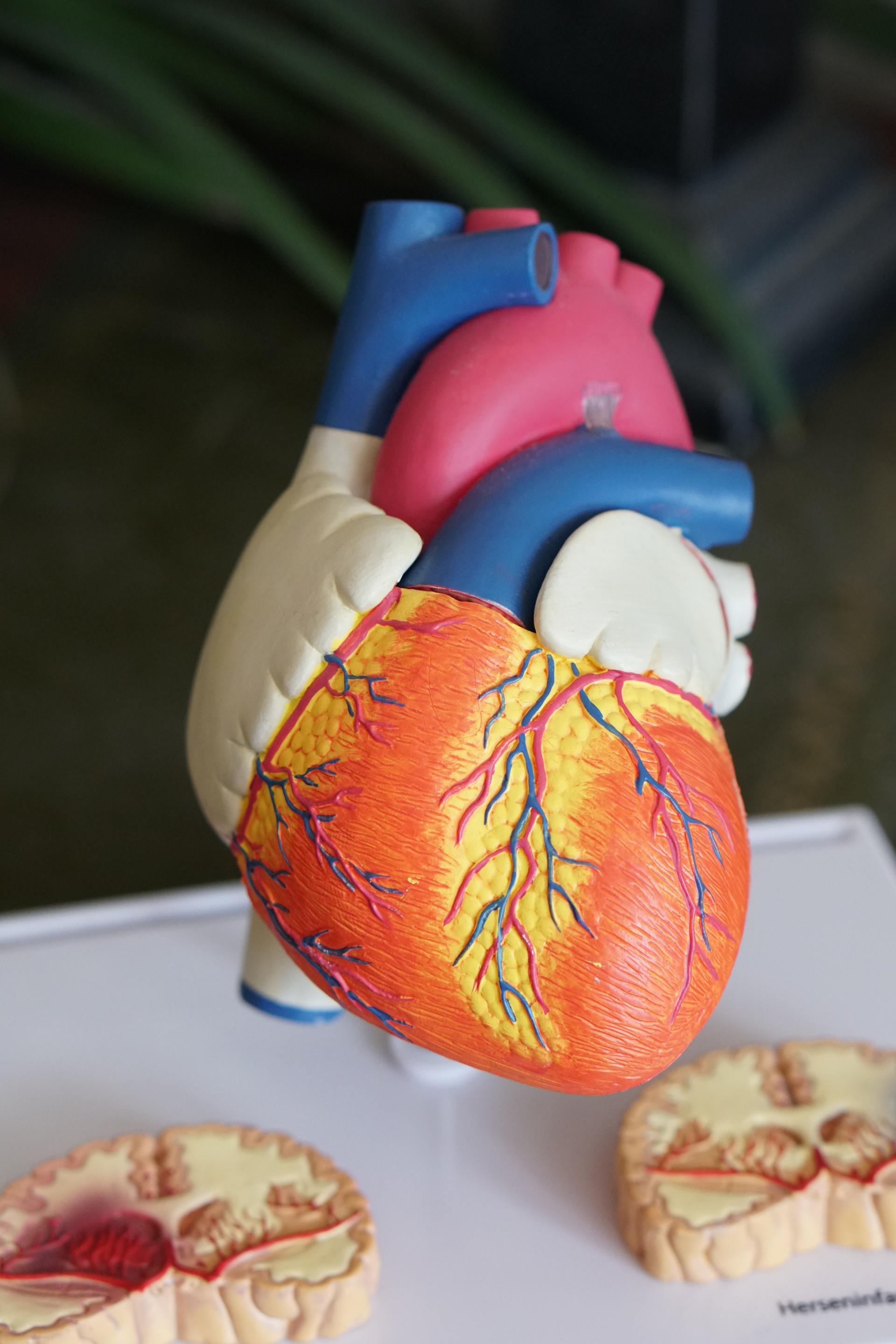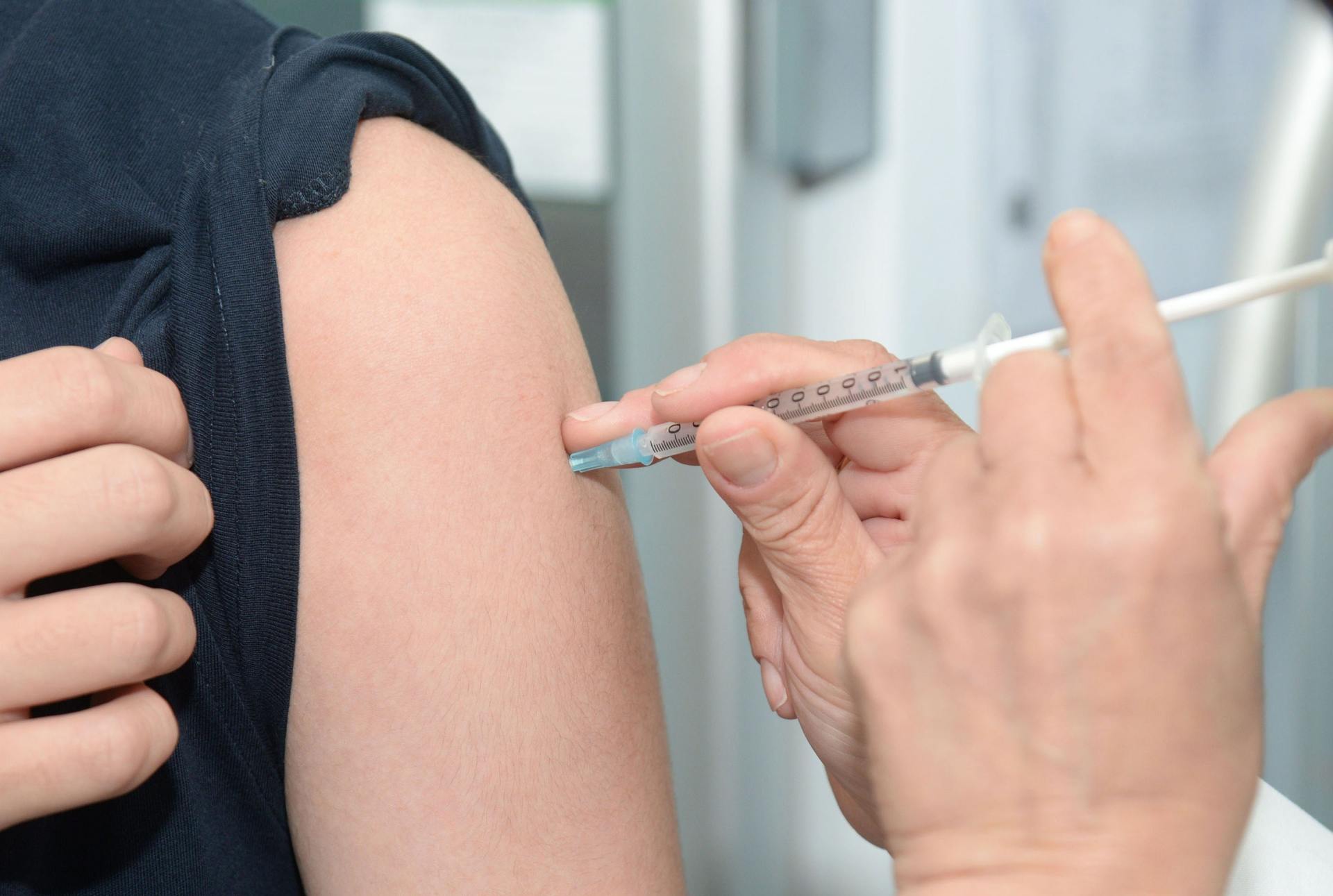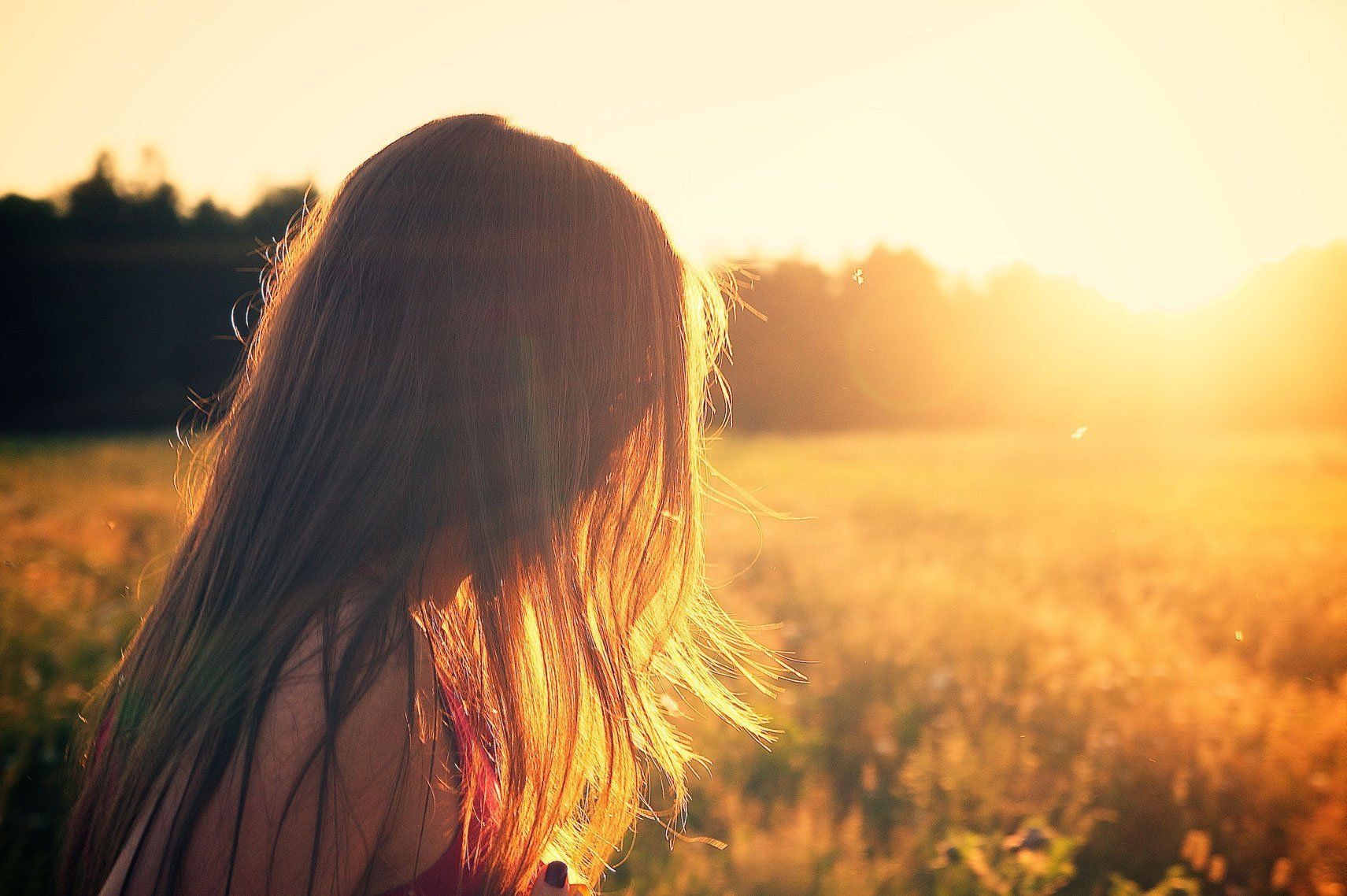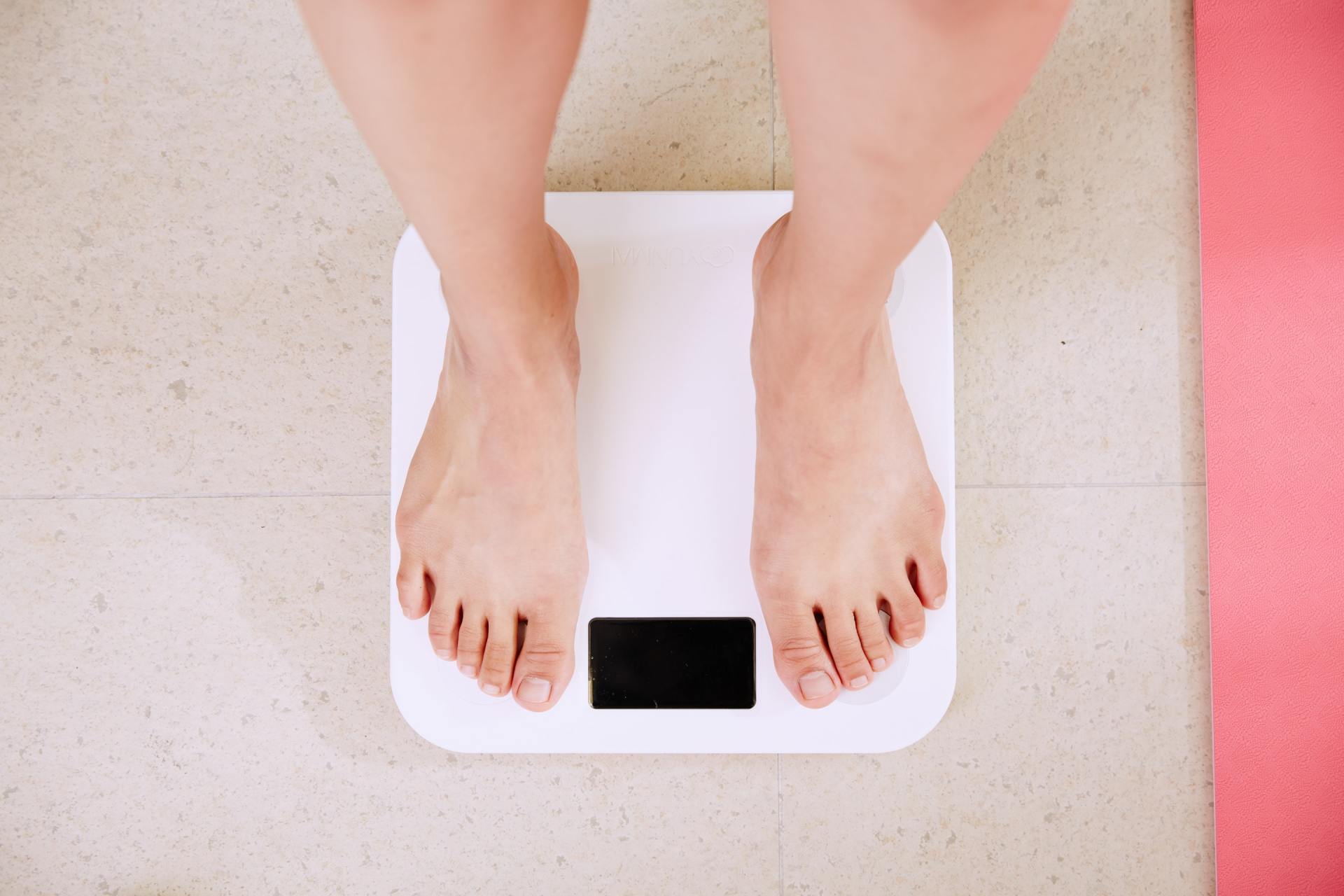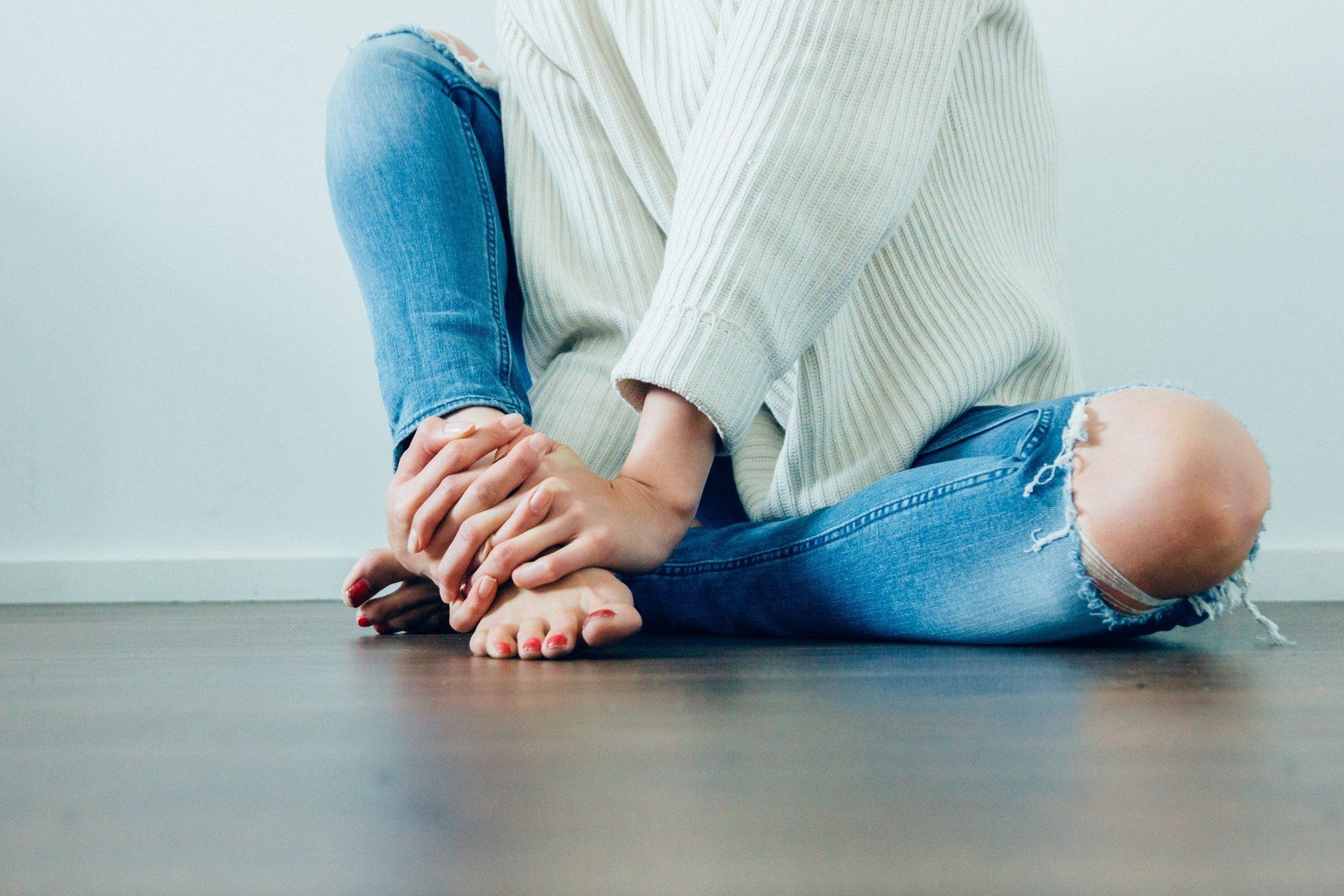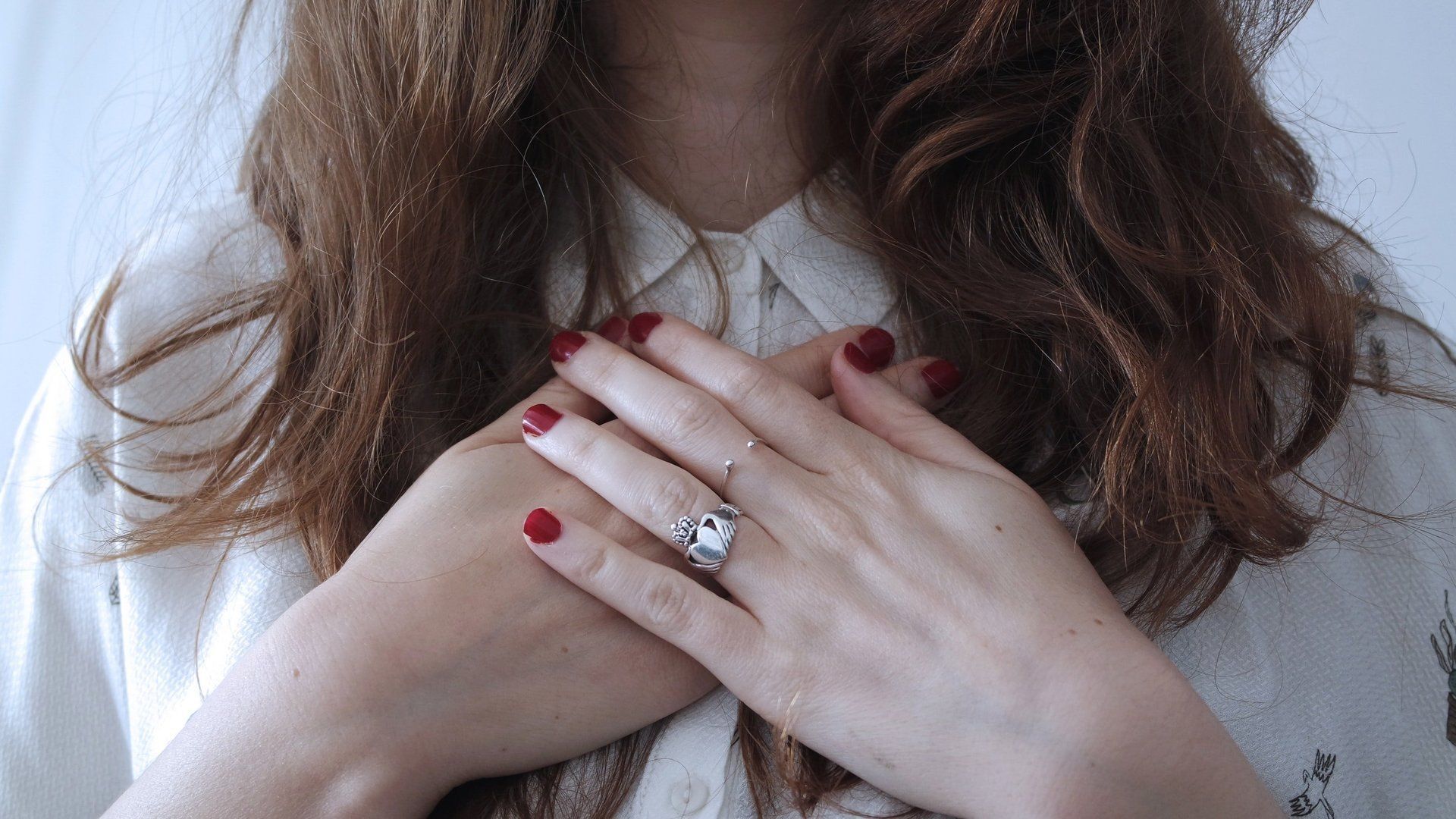Allergy Testing: Here’s What You Need About Pollination and Allergies
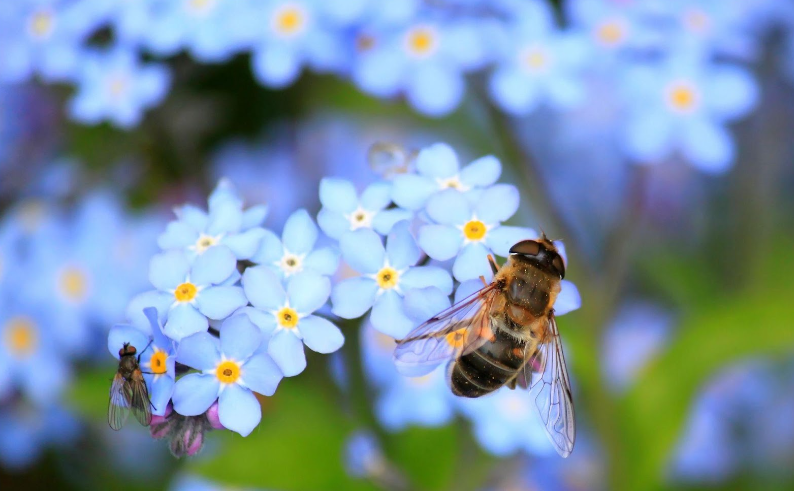
Pollination is the process by which pollen grains from flowers are expelled from plants in the spring, resulting in fertilization and the development of seeds. Many plant species depend on this process to survive.
This process is carried out through a variety of mechanisms, including wind, water, and insects like bees, butterflies, and flies.
Through this natural process, humans are highly susceptible to irritation caused by excess pollen. This is why a large percentage of the human population suffers from allergies in the springtime. Keep reading to learn more about the relationship between pollination and allergies and some tips on how to reduce exposure to allergens during pollination.
How Pollination Triggers Allergies
Exposure to pollen, which is released into the air in vast amounts throughout the flowering season, is the main source of allergy symptoms during pollination. Pollen is one of the most common triggers of seasonal allergies. Many people know pollen allergies as “hay fever.”
Pollen grains can cause allergic reactions in those with sensitivity issues when they come into contact with the mucous membranes of the nose, eyes, and throat. In order to combat the deemed threat, the body's immune system generates antibodies. These antibodies trigger the release of histamines, which can result in symptoms like sneezing, itching, runny noses, and watery eyes.
Common Allergenic Plants
Some plants are more likely to trigger allergies than others. This is because these plants produce large amounts of pollen, which is easily carried by the wind and has a high potential for causing allergic reactions. Some of the most common allergenic plants include:
- Grasses: In the US, the grass is the primary source of pollen allergies. It is challenging to avoid their pollen as grass produces small, light pollen grains that may fly great distances and hang in the air for extended periods of time.
- Trees: During the flowering season, plants like oak, birch, and maple also produce an enormous amount of pollen, which can cause allergies.
- Weeds: Ragweed, produce a significant amount of pollen, and their flowering season can last for several months, making them a common cause of allergies.
Tips for Reducing Exposure to Allergens during Pollination
- Stay indoors: On days when the pollen count is high, it's best to stay indoors as much as possible, especially during the early morning and late afternoon, when pollen counts tend to be highest.
- Install air filters: You may assist limit the quantity of pollen that enters your home by installing high-efficiency air filters.
- Use protective clothing: To shield your face and eyes from pollen when you must venture outside during the blossoming season, think about using a mask, hat, and sunglasses.
- Close your windows and doors: During the blooming season, closing your windows and doors will help keep pollen from entering your house.
- Take a shower and wash clothes: After spending time outside, take a shower and wash your clothes to remove any pollen that may have accumulated on your skin or clothing.
Allergy Testing at Sugarloaf Urgent and Primary Care
Although taking measures to reduce allergies during spring, sometimes it just isn't enough, which is why Sugarloaf Urgent and Primary Care offers allergy testing to help you find out exactly what plants cause you the most seasonal irritation.
An allergy test consists of several needle pricks on your forearm. In each needly prick, the doctor will dab a small liquid sample of individual plant species to determine which plants are most irritating to your body.
This is a completely safe and dependable method to identify your specific triggers. Your doctor can then determine how to best treat your allergies based on your specific allergy needs.
The Link Between Pollen and Allergies
Pollination is necessary for plants to reproduce, but it can also be harmful to people's health, especially if they have allergies. By understanding the link between pollination and allergies as well as the typical allergenic plants, you can take preventative measures to lessen allergy symptoms. You can benefit from nature's beauty without experiencing allergy symptoms by following the advice in this blog.
Sugarloaf Urgent and Primary Care can help if you are looking for an allergy remedy.
Contact us today so we can assist you in managing your allergy symptoms. Our skilled healthcare professionals can offer individualized treatment regimens.
Schedule an appointment today!




